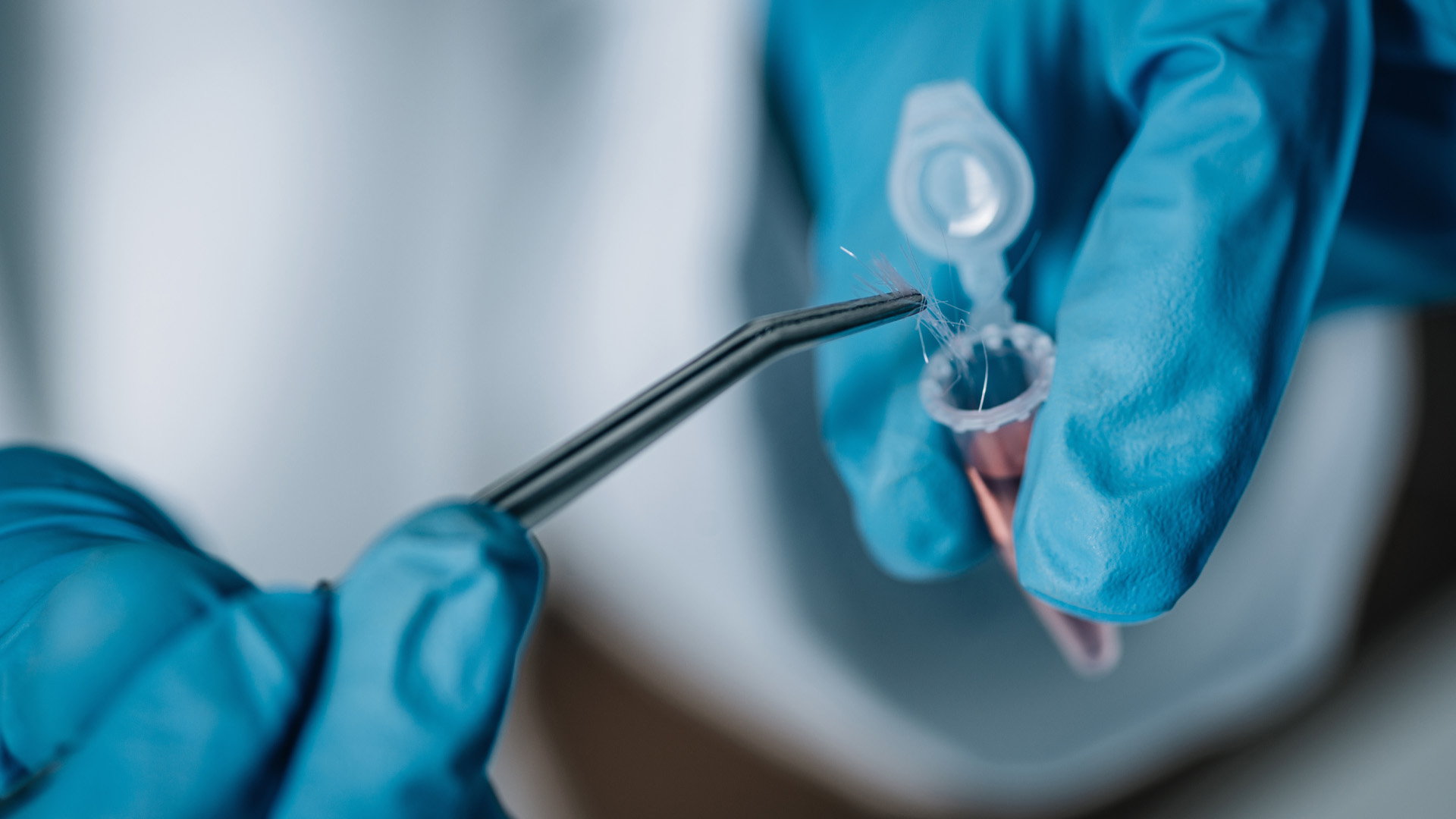The Limits of Blood Testing in Assessing Mineral and Heavy Metal Status
Blood labs do not always show the whole picture of someone’s health status. Blood testing offers many medical markers and has its purpose. However, relying on blood testing alone to determine mineral or heavy metal status is a limited approach. The nature of blood is homeostatic, always trying to return itself to a normal range at the expense of cell and tissue mineral levels.
Patients may struggle with multiple symptoms, but their blood labs can return within normal range. The patient needs answers, but the doctor can’t make a diagnosis. Meanwhile, the patient could have severe depletions or excesses of minerals at the cellular level or have high levels of toxic metals in their tissues that are not showing up on blood labs.
The Misunderstood Concept of Mineral Deficiencies and Toxicities
The concept of mineral deficiencies and toxicities remains misunderstood because the medical profession relies on blood testing alone. For example, copper toxicity, a common health condition, is not often found in the blood, but it is in hair. A similar problem exists with testing serum magnesium. A normal blood serum magnesium level does not rule out the possibility of magnesium deficiency, which can be picked up through hair. One reason is that magnesium will be pulled from the cells into the blood to maintain serum homeostasis. Secondly, some labs alter their reference ranges based on declining magnesium levels, making what would be considered a low level in the past seem acceptable today. Thirdly, only 0.3% of the body’s total magnesium is in the blood. Finally, blood fluctuates hourly and can be altered by something as simple as what you ate.
The Reliability of HTMA
The results of two studies on HTMA published in the Journal of the American Medical Association in 1985 and 2001 violated acceptable protocols for collecting and testing hair samples. This presented the findings in a way that suggests HTMA is unreliable. However, when the data was properly analyzed, the results from the two leading labs showed clear patterns and an accuracy of 99.9%. As a result, inaccurate representation of HTMA has slowed down the advancement of mineral-based nutrition and health awareness that could benefit many people.
While HTMA is not a cure-all, when conducted and interpreted correctly, it can provide invaluable data that blood testing cannot. It has the potential to identify mineral imbalances that underlie some of today’s most common health conditions, such as chronic fatigue, chronic pain, insomnia, and digestive issues, which may not be easily detected through blood testing.
Understanding the importance of proper testing interpretation, it is crucial that a practitioner is trained to read HTMA test results. Diane is certified in HTMA through the Institute of Holistic Nutrition and has over 20 years of experience in Functional Medicine and acupuncture. She now combines HTMA with blood analysis to ensure the most accurate results for health improvement.
You can reach Diane at 619-808-2364 or book an appointment online at vitalchanges-an.com/appointment




